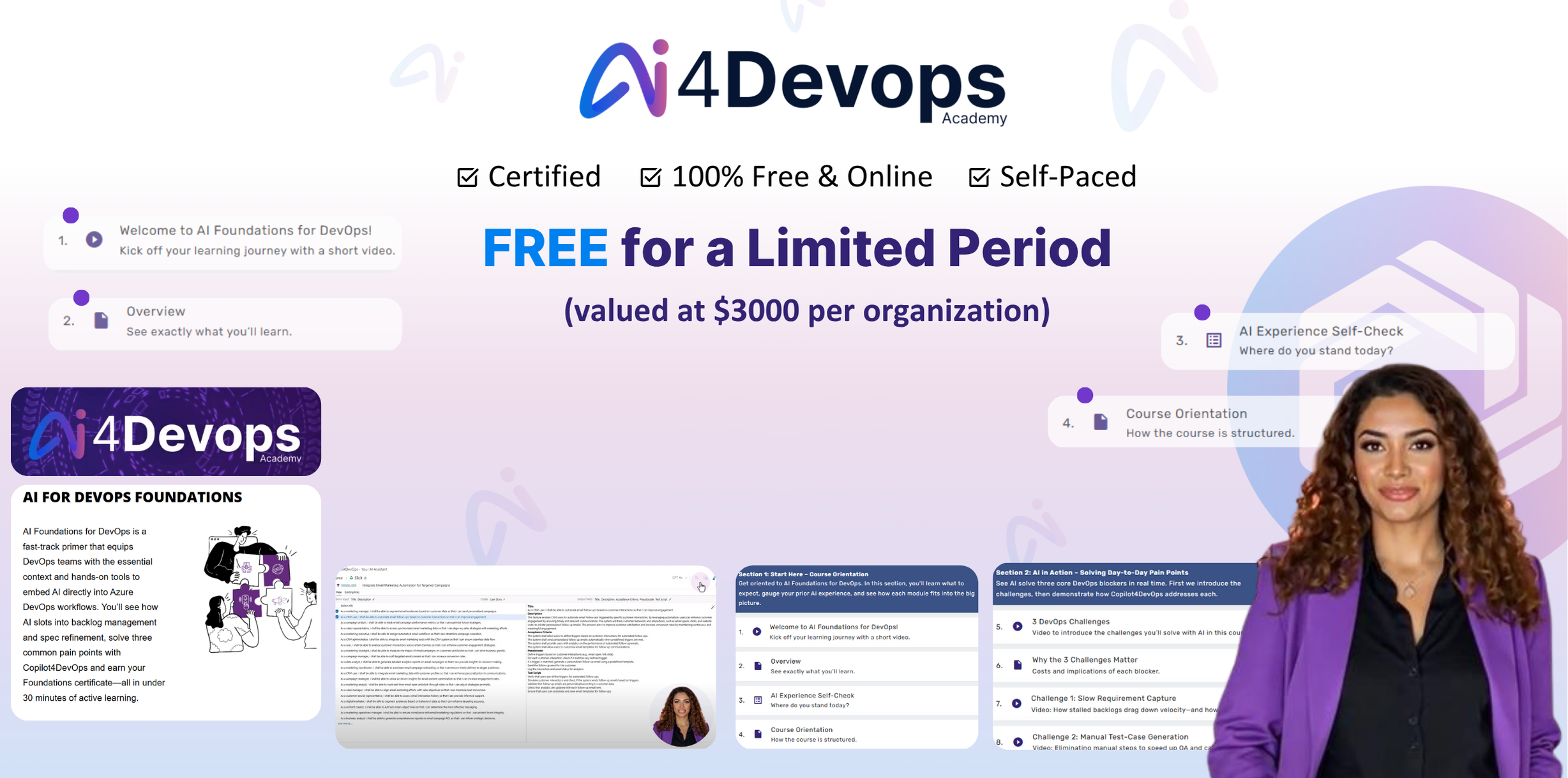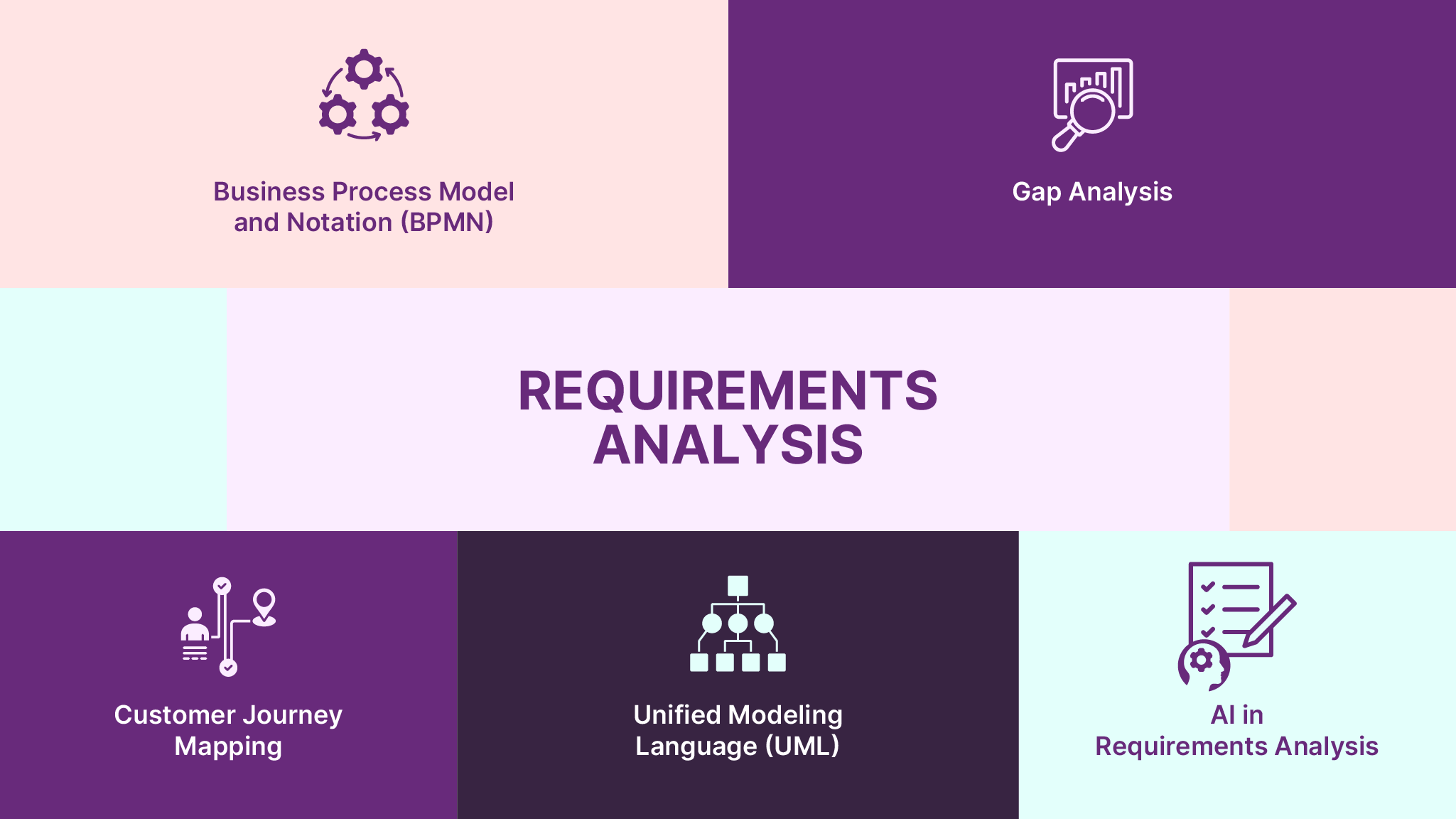Requirements analysis or requirements engineering is the process of identifying, prioritizing, editing, documenting, and managing the identified stakeholder needs. Requirements analysis ensures that the project requirements fulfill stakeholder goals and address the “how” of a product before considering the “what” and “why.” It prevents costly rework by setting a clear foundation for project definition.
This blog explains what requirements analysis is, why it’s important in software engineering, existing and cutting-edge techniques, its steps, challenges, and its use in different industries.
1. What is Requirements Analysis? (Definition and Key Steps)
Requirements analysis is a foundational phase in projects and the requirements management process. Getting the requirements analysis phase right can be the difference between a successful and unsuccessful project. In most companies, requirements analysis is led by project managers and business analysts.
According to Suzanne Robertson, a recognized expert and author of Mastering the Requirements Process, “Writing the requirement, together with its associated rationale and fit criterion, clarifies it in the writer’s mind, and sets it down in an unambiguous and verifiable manner. To put that another way, if the business analyst cannot correctly write the requirement, he has not yet understood it.” Research by Project Management Institute shows that 37% of organizations attribute inaccurate requirements as the primary reason for project failure.
Requirements analysis follows the requirements gathering phase. In this stage, BAs, project owners, and project managers examine, edit, and validate user and stakeholder expectations to ensure the success of a new or modified product.
2. Why is Requirements Analysis important in Software Engineering?
Well executed requirements analysis can yield many advantages to your project:
a. Increased Client Satisfaction
Well-defined requirements ensure that the final product aligns with client expectations. According to Business Analysis consultant and author Howard Podeswa, organizations with poor requirements practices spend 62% more on projects of similar size compared to those using best practices.
b. Reduced Project Risks
Accurate requirements help minimize errors, scope creep, and project rework. Many of these challenges stem from poor requirements gathering and analysis. And research shows that the earlier errors like poor requirements are spotted, the more successful the project is.
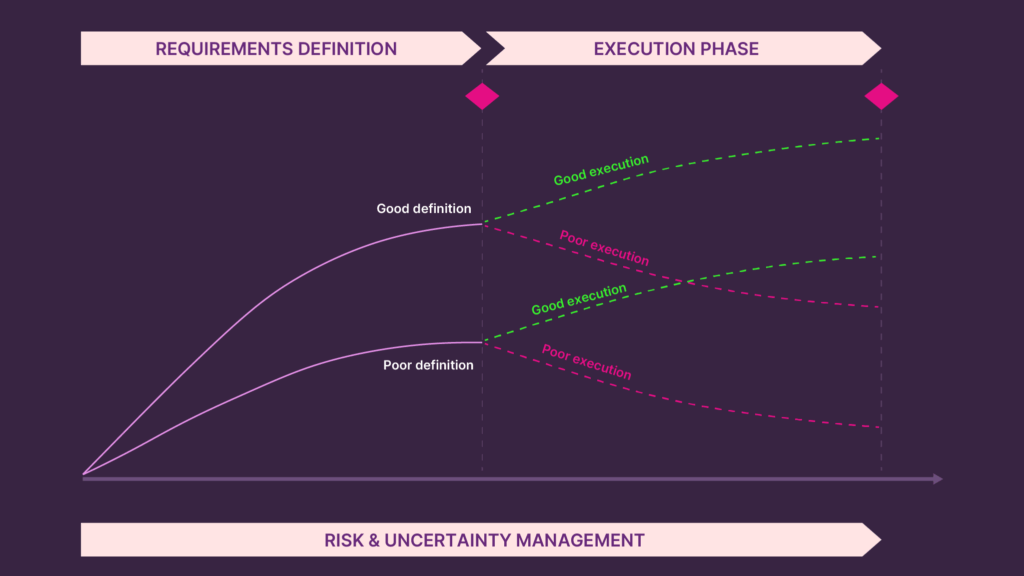
c. Enhanced Team Efficiency
Well defined, prioritized, and edited requirements streamline communication and tasks among team members. When everyone understands project goals and specifications, it smoothens collaboration and reduces misunderstandings from BAs to developers to end users.d. The Cost of Poor Requirements
The result of all the above is that poor requirements that have not been through a thorough analysis phase can be substantially expensive. A study showed that companies with poor requirements maturity waste 41.5% of their development resources on rework3. How is Requirements Analysis Performed?
BAs and project managers have traditionally used several analysis techniques to ensure their requirements analysis techniques are robust and effective.a. Traditional Requirements Analysis Techniques
Several well-established techniques have been used for requirements analysis in software engineering:- Business Process Model and Notation (BPMN) is a graphical representation that depicts the steps in a business process. It helps BAs visualize complex processes and identify areas for improvement, which helps facilitate clear communication and analysis
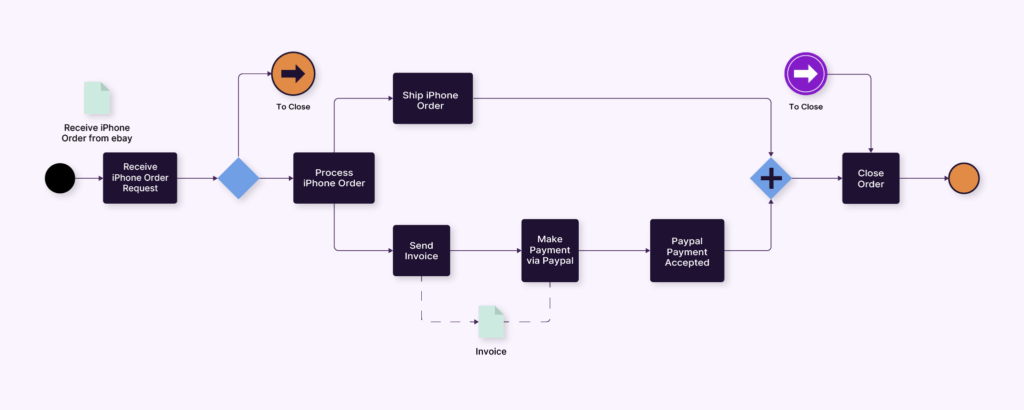
- Gap Analysis can either mean comparing the current state of a system to its desired future state. Or it means assessing the delta between stakeholder needs and the current state of the project. It helps BAs, project owners, project managers and more highlight the gaps that need addressing.
- Customer Journey Mapping creates a visual story of customer interactions with a product or service. It helps developers and designers identify pain points and opportunities for enhancement using their unique end-user viewpoint.
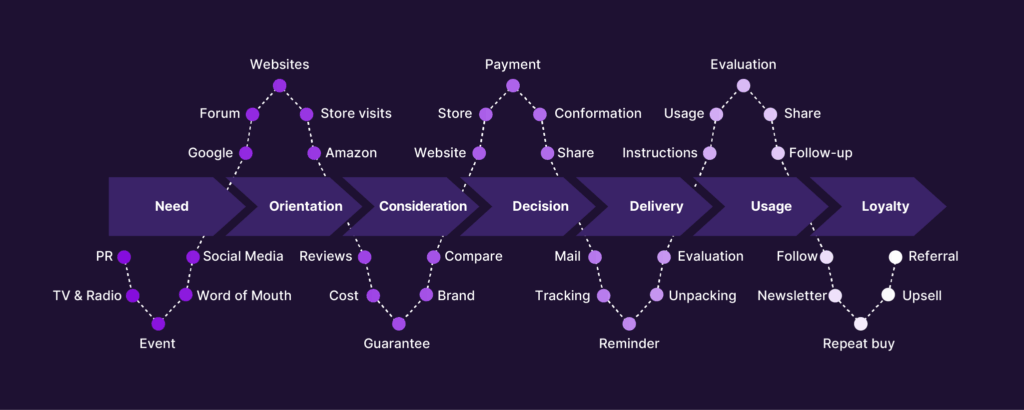
- Unified Modeling Language (UML) is a standardized way to visualize system design. It improves collaboration and understanding among stakeholders within a team and outside with third-party partners.
b. AI in Requirements Analysis
Artificial Intelligence is revolutionizing the field of requirements analysis. AI-powered tools can analyze vast amounts of data, identify patterns, and generate insights that might be missed by human analysts.
In 2018, Dr. Jane Cleland-Huang, Professor of Software Engineering at the University of Notre Dame explained, “Many human-intensive tasks in requirements elicitation, analysis, and management processes can be augmented and supported through the use of recommender system and machine learning techniques.”
By 2024, advanced requirements analysis tools like Copilot4DevOps are providing advanced requirements analysis tools as well as tools for generation, elicitation, and more. Some key applications of AI in requirements analysis include:
- Prioritization: AI analysis tools can prioritize work items and requirements using various methods like MoSCoW, PABLO, or SWOT, easing decision making for BAs and product owners.
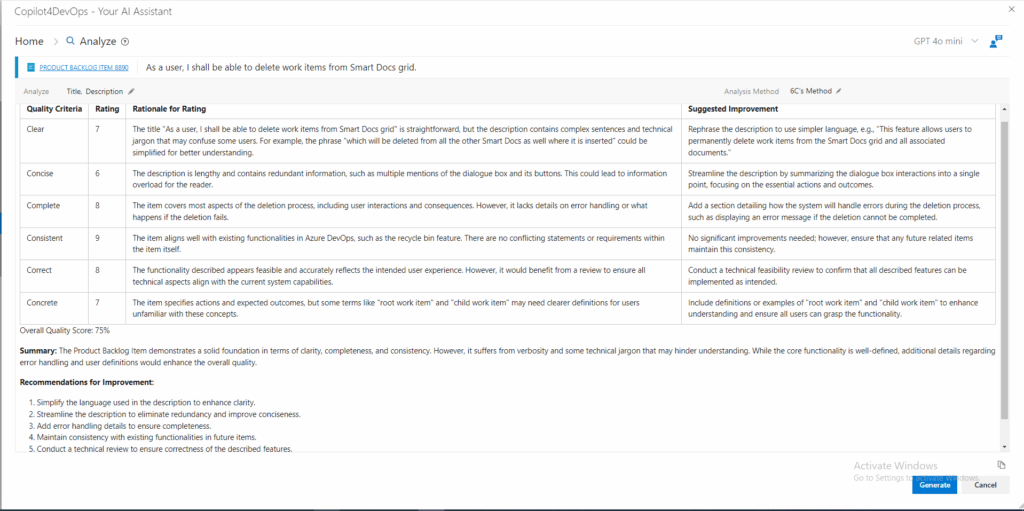
- Quality Analysis: AI analysis tools can rank existing requirements based on their writing quality and suggest improvements. This can also serve as an educational tool for BAs and improve the overall quality of requirements writing in an organization. Frameworks for requirements analysis can include 6C, which ranks the writing based on clarity, concision, completeness, consistency, and concreteness. It can also include SWOT, which prioritizes requirements by Strengths, Weaknesses, Opportunities, and Threats.
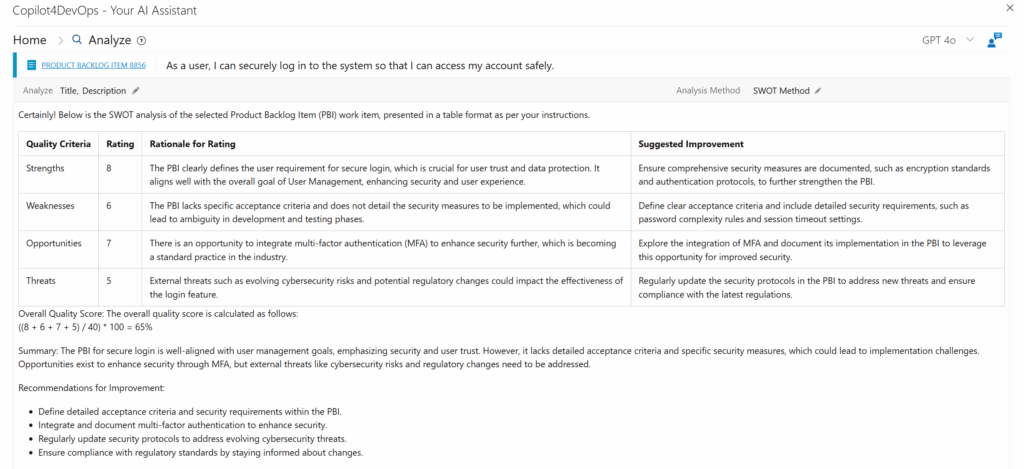
- Data Analysis: AI tools can analyze requirements documents through queries to identify inconsistencies, ambiguities, and missing information. For instance, teams can take the current state of requirements for an insulin device and map their compliance to HIPAA regulations.
- Impact Analysis: AI can help analyze the impact of a changes to one work item on another work item. This improves project management and prevents costly requirements reuse.
As these technologies continue to evolve, organizations will see even more innovative applications in engineering requirements.
4. Who Performs Requirements Analysis?
Requirements analysis is a multidisciplinary task that varies across disciplines and industries. Different professionals perform requirements analysis at different points in the project lifecycle:
- Business Analysts (BAs) are at the forefront of requirements analysis in business settings – whether in software development or manufacturing. They elicit and document business needs, analyze processes, and use their own skill set to create a set of requirements.
They are uniquely skilled to bridge stakeholders and development teams. They can significantly reduce the overall costs of projects. - Product Managers lead the project and help align the entire team including business analysts with larger strategic business goals. They define the product roadmap and prioritize requirements to continuously align development and business value. A study shows that organizations who employ dedicated product managers have 2% higher profits than if they didn’t.
- Product Owners in software development using Agile frameworks maintain the product backlog, analyze requirements, and maintain understanding between stakeholders and development teams.
- Software Quality Assurance (SQAs) professionals analyze test cases to ensure that they adhere to test case best practices. High-quality test cases are crucial as they ensure comprehensive coverage, detect issues early, and improve software reliability and user satisfaction. Currently, 53% of organizations are already using or planning to use AI in QA activities.
Different industries adopt unique approaches to requirements analysis due to varying regulatory, security, and performance needs.
Finance: In this industry, the emphasis is on regulatory compliance (e.g., GDPR, PSD2), data integrity, and security. This means that BAs, product managers etc. can use requirements analysis techniques to ensure compliance and data integrity for their products and services.
Healthcare: This sector focuses on patient data security and system interoperability. The number of cybersecurity healthcare attacks that impacted individuals tripled from 14 million to 45 million between 2018 and 2021. Therefore, compliance with standards like ISO 14971:2019 is critical.
Defense: Defense focuses on stringent national security and long-term reliability. For instance, project managers for defense electronics must have high quality components developed through robust requirements analysis processes.
Here is a view of different industries and their relationship to requirements analysis.
5. What are the Steps in Requirements Analysis?
The requirements analysis process is crucial for project success. It takes place after the requirements elicitation phase. Here’s a step-by-step breakdown of the key stages:
a. Defining and Prioritizing Requirements
The first step is to organize requirements based on their importance and feasibility. This involves:
- Categorizing requirements: BAs can group requirements into functional, non-functional, technical, and operational categories.
- Prioritizing requirements: Rank requirements based on their criticality to the project’s success. Teams can use techniques like MoSCoW and SWOT to prioritize them.
- Feasibility assessment: Evaluate each requirement’s feasibility in technical, operational, and financial terms.
b. Analyzing Requirements
Analyzing requirements is critical to ensuring they are high quality and accurately serve business and customer needs. During the analysis phase, a team must identify inconsistencies in requirements, eliminate duplicates, reuse requirements from earlier projects wherever possible and resolve any ambiguities.
During this process, it is important to ensure that all requirements are well written. Poor requirements are a cause of failure in 39.03% of projects. Frequently changing or poorly documented requirements are the biggest cause of project failure.
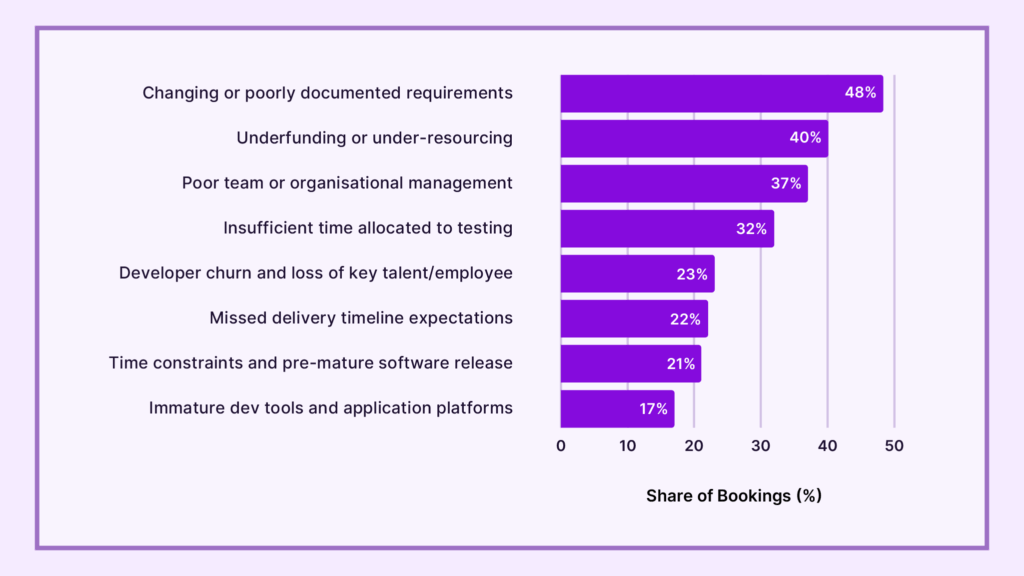
In both steps, particularly in areas like requirements gathering, requirements writing quality, and requirements prioritization, AI can be the differentiator.
6. What are the Best AI Requirements Analysis Tools?
The market has an increasing number of AI analysis tools for BAs, QAs, product owners, project managers, and more. They offer a variety of functionalities, but most companies would be well served with the best tools only.
Copilot4DevOps
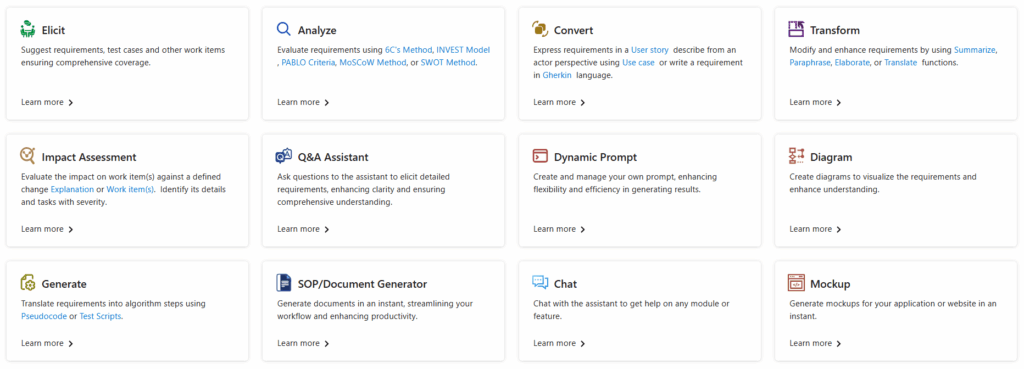
- 6Cs Framework: Ranks work items based on Clarity, Conciseness, Consistency, Correctness, Completeness, and Coherence, improving writing quality and reducing ambiguity.
- INVEST Model: Applies the Scrum-focused INVEST criteria, assessing if user stories are Independent, Negotiable, Valuable, Estimable, Small, and Testable.
- PABLO Criteria: Aids in prioritizing requirements by evaluating their Purpose, Advantage, Benefit, Longevity, and Outlay, helping teams focus on high-impact features.
- MoSCoW Method: Categorizes requirements into Must-have, Should-have, Could-have, and Won’t-have, reducing scope creep.
- SWOT Analysis: Identifies strengths, weaknesses, opportunities, and threats for requirements, guiding strategic decision-making.
7. The Future of Requirements Analysis
Mastering requirements analysis ensures project success by aligning teams and minimizing risks. With powerful AI tools like Copilot4DevOps, professionals like BAs, QAs, and product owners can streamline processes, improve requirements quality, and enhance efficiency. By following best practices and AI requirements analysis tools, teams can create robust requirements that meet stakeholder expectations and set the foundation for successful project outcomes.
Try it Yourself
Ready to transform your DevOps with Copilot4DevOps?
Get a free trial today.



